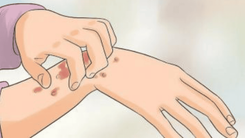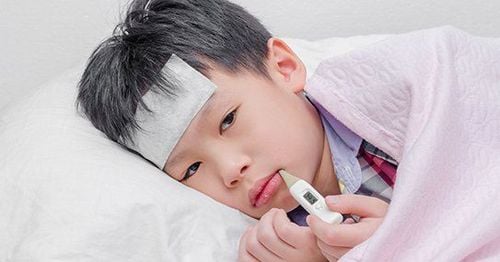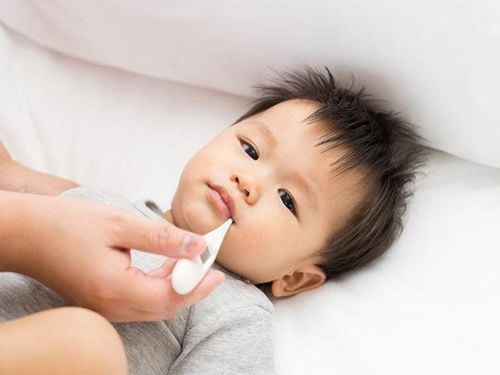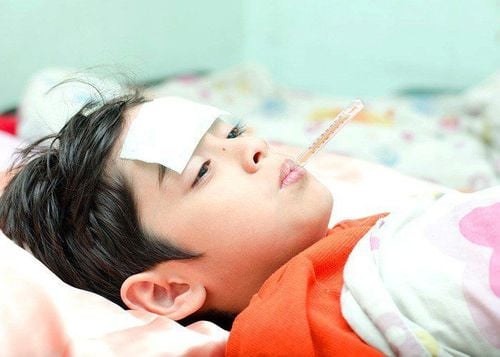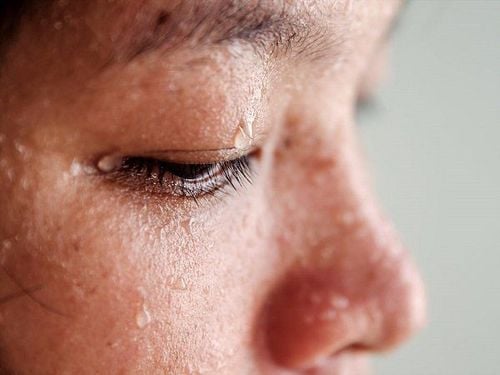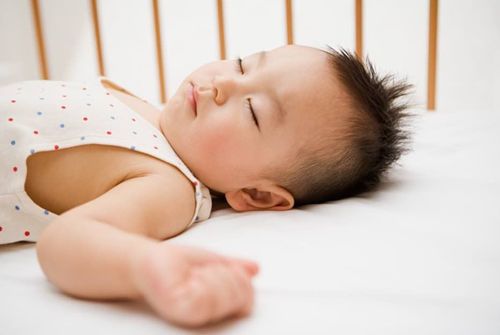The article was professionally consulted by MSc Trinh Thi Thanh Huyen - Department of Obstetrics and Gynecology - Vinmec Hai Phong International General Hospital.
1. Does skin-to-skin contact make sense?
Many mothers, both in the past and present, believe that skin-to-skin contact helps reduce fever in babies. However, skin-to-skin contact does not actually have a fever-reducing effect in newborns. When a baby with a fever is placed on the mother's skin, maternal hormones can help soothe and comfort the baby.
Medical experts recommend not considering skin-to-skin contact as an alternative treatment to traditional methods. Skin-to-skin is considered a supportive treatment method and helps children feel secure and comfortable during the time they have a fever. If your child has a fever above 38 degrees Celsius, you should take your child to a medical facility for examination, diagnosis and timely treatment.
2. Benefits of skin-to-skin contact
The World Health Organization WHO recommends that newborns, including full-term and healthy babies, should have skin-to-skin contact with their mothers. Currently, this method is widely applied around the world, including Vietnam.
Skin-to-skin is a method of letting the newborn's skin come into contact with the mother's skin. Immediately after birth, the baby will be held on the mother's chest or bare abdomen. This is considered a scientific method and is considered good for both mother and baby.
- For children: helps children breathe better, have fewer apnea episodes and are less likely to face hypothermia, their heart beats better, and their development is more comprehensive.
- For mothers: skin-to-skin contact will help mothers increase interaction with their children, reduce mothers' anxiety and fear, and increase their confidence in their ability to care for their children, and children are breastfed early and for a long time.
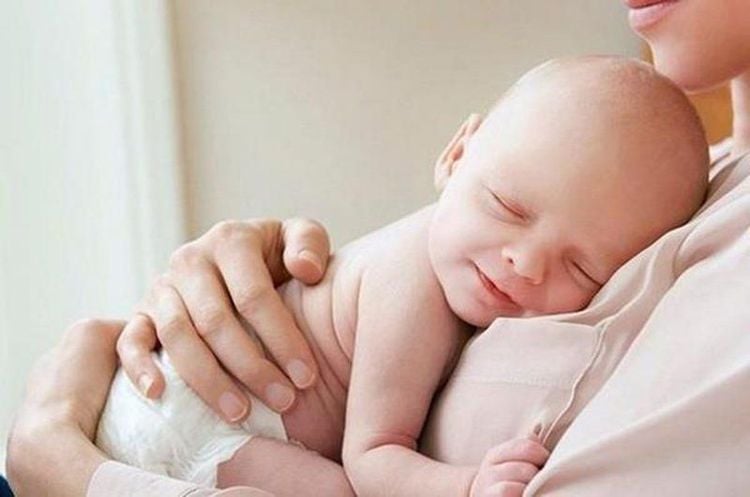
After birth, the baby is skin-to-skin, the mother touches and caresses the baby and the hormone oxytocin - the love hormone from the mother's body is stimulated and released, which promotes feelings of comfort and safety in the newborn while simultaneously enhancing the mother's feelings of happiness. This intimate contact strengthens the bond between them.
In postpartum women, oxytocin stimulates milk production, with earlier and more abundant milk flow observed when the baby has early skin-to-skin contact with the mother. Oxytocin also directly affects the brain, promoting bonding and a sense of security between mothers and babies.
Skin-to-skin is a natural method to help bond mothers and babies, especially for vulnerable babies who need their mother's care to survive. Skin-to-skin makes the love between babies and their mothers more sacred than ever.
3. How to handle a newborn with a body temperature disorder
Hyperthermia
When a baby's body temperature is 37.5 degrees Celsius or higher, it is considered hyperthermia.
In newborns, hyperthermia is considered a serious sign that can lead to death. Hyperthermia is common in cases of severe infections, especially in patients with purulent meningitis.
The body temperature in children increases from mild to severe, with a temperature above 39 degrees Celsius considered severe. Apply the principles of physical methods and medication to treat hyperthermia in children. For low birth weight infants, children with severe infections or in hot weather, it is necessary to immediately recognize the risk of hyperthermia by feeling the child's hands and feet to see if they are hot. For children at risk, it is necessary to regularly measure body temperature with a thermometer every 4 hours.
If the newborn has hyperthermia, you need to take the baby away from the heat source and put him in a well-ventilated room, wear breathable clothes, and remove the diaper if necessary... You should give the baby milk many times, and you can express it and feed it to the baby if the baby refuses to breastfeed. If the baby's condition does not improve or dangerous symptoms appear, seek immediate medical attention at a healthcare facility. Parents should avoid immediately administering antipyretics to lower the baby's temperature.
If the baby has severe hyperthermia, you need to exercise caution when using antipyretics. You can use paracetamol at a dose of 10 to 15 mg/kg per dose, and if necessary, you can use it again after 6 hours. In addition, accompanying disorders also need to be treated, especially dehydration. If the baby's condition does not improve or is beyond the treatment capacity, other tests need to be done to determine the cause. Treatment is based on the cause of the disease, especially in children with severe infections.

Hypothermia
A child is considered to have hypothermia when their body temperature is below 36.5 degrees Celsius. This can be a sign of a serious condition that can be fatal. This symptom is often seen in patients with severe infections.
Hypothermia is divided into 3 types:
- Mild hypothermia: body temperature from 36.0 degrees Celsius to 36.5 degrees Celsius
- Moderate hypothermia: body temperature from 35 degrees Celsius to 35.9 degrees Celsius
- Severe hypothermia: body temperature below 35 degrees Celsius
Signs of hypothermia can be detected in children by touching the hands and feet of newborns, especially for children who are underweight, premature, have severe infections, children in cold climates... It is necessary to check the child's body temperature regularly, every 6 hours for children at high risk.
To treat hypothermia in children, several interventions are recommended. These include establishing skin-to-skin contact with the mother, applying additional layers of warm clothing (including hats, socks, and gloves), and ensuring frequent feedings, mothers should breastfeed their babies early and can feed them with a spoon if they refuse to breastfeed. If the child's temperature remains low after one hour or if any concerning symptoms develop, prompt transport to a medical facility is essential.
SEE MORE:
Malignant hyperthermia: Identification and treatment
Hypothermia to save a newborn from suffocation
How high should a child's fever be before taking antipyretics?




